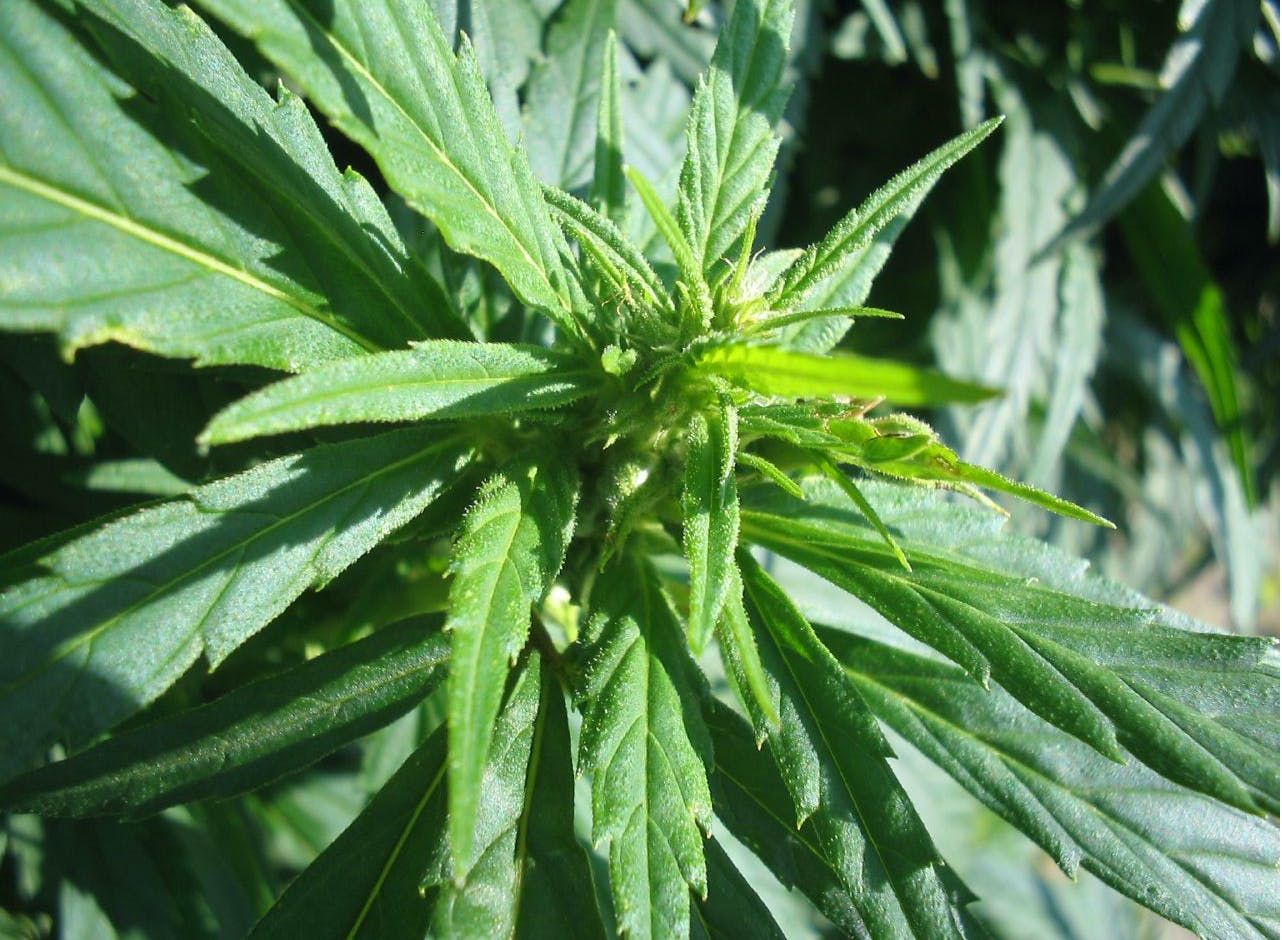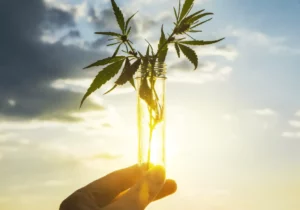Humans and hemp have a lengthy, intertwined history. Both hemp and marijuana come from the plant Cannabis sativa. The word marijuana usually refers to plants that were bred for a high tetrahydrocannabinol (THC) content, and hemp is reserved for plants with less than 0.3% THC. Hemp has played a pivotal role in society by providing us with food, fiber and medicine.
But throughout the 1900s, hemp’s prevalence began to drop off: Cotton became king and anti-cannabis propaganda began to heat up, until marijuana and hemp were made illegal in the U.S. and other countries.
FOLLOW US ON FACEBOOK & INSTAGRAM
After years in the dark, we’re in the middle of a rebirth: People are rediscovering hemp’s myriad uses and its efficacy in helping children with seizures. And now, as Congress stands to pass a bill that would legalize the crop, we take a look at hemp’s history to understand how we got to now.
RELATED: WHAT IS HEMP CBD?
8000 BCE: Cannabis Sativa Is Domesticated
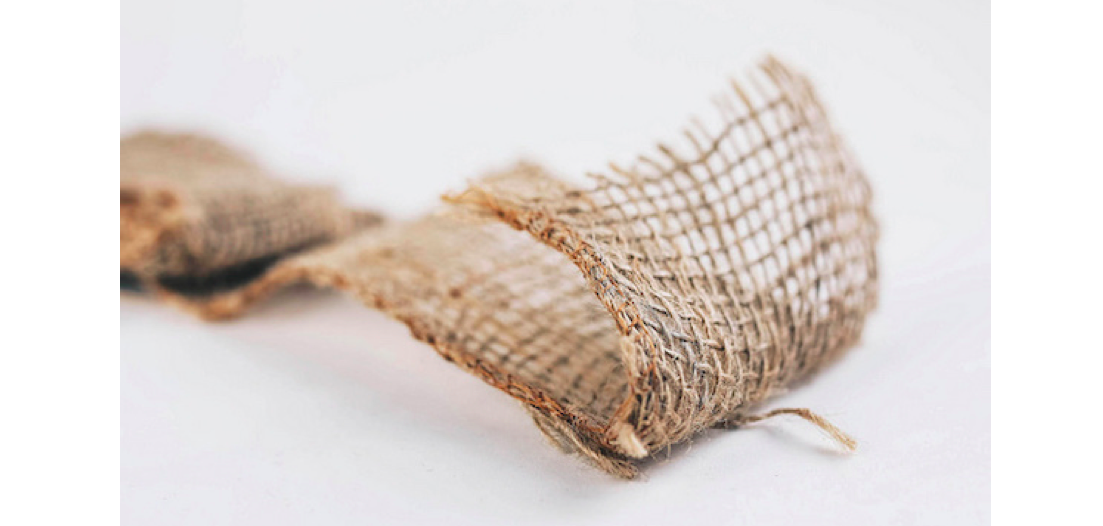
Archeological evidence suggests that hemp was present at the dawn of agriculture. C. sativa was first domesticated in Central Asia, and some argue that it was likely one of the first plants to be domesticated by humans.
The book Cannabis Evolution & Ethnobotany hypothesizes that fiber was one of the earliest reasons people cultivated C. sativa. Hemp fibers, which are used to spin yarn and weave cloth, must come from plants that are intentionally grown in close quarters.
From this starting point in Central Asia, humans brought C. sativa with them in their migrations across the globe, breeding and modifying the plant to suit their various needs—whether it was for food, fiber, medicinal or even psychoactive purposes. From this breeding, the differences between hemp and marijuana slowly begin to emerge.
7000 BCE–476 CE: Hemp Was an Important Crop for Ancient Civilizations
Archeologists have found evidence of C. sativa in southern and eastern Asia, Europe, Egypt and the Arabian Peninsula. In the civilizations that cultivated it, hemp played an important economic, cultural and spiritual role. In many societies, the hemp harvest was an important part of the year and a time of both hard work and celebration.

Many cultures, including those in the Himalayas, have used hemp to make paper throughout history.
It was the Chinese who would use hemp to make an early form of paper. Other societies would also go on to make paper out of hemp, but they would do this much later on. The Chinese, along with the Romans and Egyptians, were also likely one of the first civilizations to take note of the plant’s therapeutic properties and mention them in their medical texts.
500s–1400s: Hemp Spreads Throughout the World
After the fall of the Western Roman Empire, hemp continued to influence ancient civilizations. Archeologists have uncovered the grave of French queen Arnegunde, who was buried with a hemp cloth in 570. And C. sativa seeds were found in a Viking burial that dates back to 800.
Meanwhile, in late medieval Germany and Italy, hemp was used in cooked dishes. It served as a filling for pies and tortes, and was even boiled in soup, according to Regional Cuisines of Medieval Europe: A Book of Essays.
1500s–1700s: Hemp Goes West
Ropes and sails made from hemp were crucial to the Age of Exploration. Spaniards brought hemp to the Western Hemisphere in 1545, when they began to cultivate it in Chile. The plant was so important that the Spanish crown required much of its colonized farmers to meet hemp quotas.
Meanwhile in Britain, hemp cultivation hit its peak to meet the English military’s seafaring needs. During the Tudor era, farmers in the English countryside were required to plant a certain percentage of their land with hemp. The same would be required of the colonists of Jamestown (pictured below) in 1619.
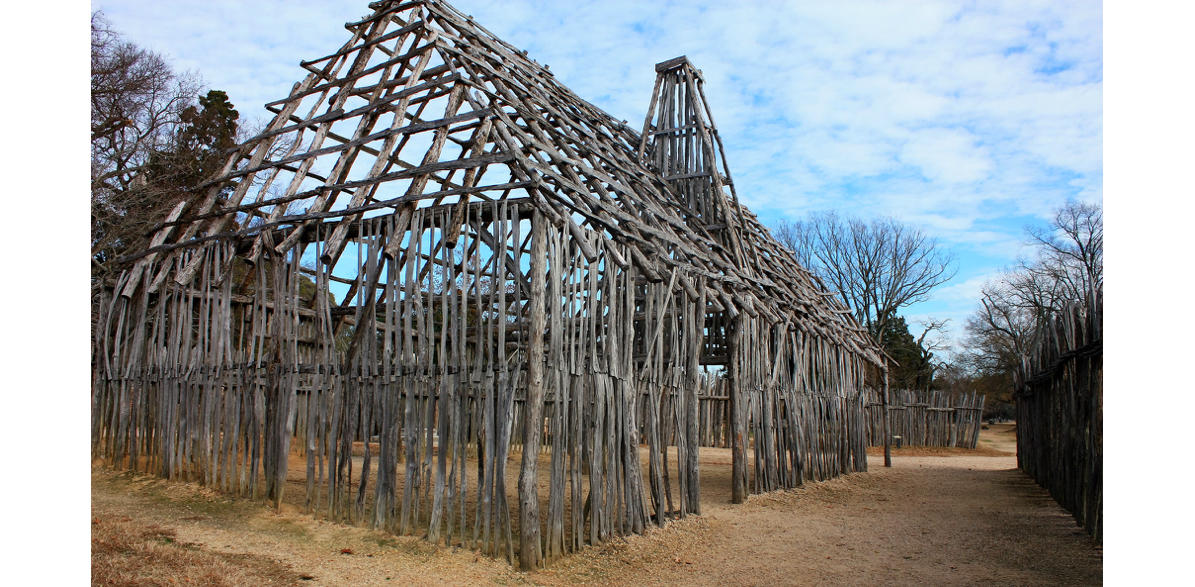
1800s: Hemp Plays a Crucial Role in the U.S.’s Early Economy
Hemp would go on to play a major role in the early development of North America. As you may have heard, the Founding Fathers, including George Washington and Thomas Jefferson, grew hemp. And while the rumors that the Declaration of Independence and the Constitution were written on hemp aren’t true, it’s possible that early drafts of these documents were written on hemp paper.
Hemp production was prevalent in the U.S. during this time, and the plant made up a significant portion of Kentucky’s pre-Civil War economy. Many hemp plantations were located in the South and border states, where slave labor was used to harvest the plant, due to the process’s labor-intensity.
The invention of the cotton gin (pictured below) in 1794 would slowly place hemp out of favor. The gin made cotton much easier to process, making it the preferred crop for fiber.

1937: The Marihuana Tax Act Doesn’t Differentiate Hemp From Marijuana
By the 1930s in the U.S., new machinery made hemp processing easier. And yet, this decade would also spell out hemp’s decline: Companies like DuPont, who were interested in promoting their synthetic textiles, put out anti-hemp propaganda with the help of influential newspaper publications, like those run by the Hearst family.
This propaganda was further propelled by Henry Anslinger, commissioner of the Federal Bureau of Narcotics (which would later become the Drug Enforcement Administration, or DEA). By taking advantage of the public’s ignorance of both hemp and marijuana, Henry promoted many of the negative stereotypes surrounding cannabis that are still pervasive to this day.
Ultimately, these forces would result in the passing of the Marihuana Tax Act of 1937, which placed all C. sativa plants under government control. The Act didn’t differentiate between psychoactive marijuana and hemp. It required all hemp farmers to register and obtain a license from the federal government.
Other restrictions were passed regarding the production, sale and possession of cannabis in all its forms. Several other nations also established prohibition laws regarding C. sativa during this time.
1942: The U.S. Government Briefly Legalizes Hemp Production During WWII
During World War II, industrial fibers that were often imported from overseas were in short supply, prompting the federal government to lift the Marihuana Tax Act of 1937. To encourage farmers to grow hemp, and likely to explain the lifting of a ban of a substance that they’d recently promoted as extremely dangerous, the U.S. government released a film titled Hemp for Victory (pictured below) in 1942. The film goes through the history of hemp and how it was used for rope and cloth.
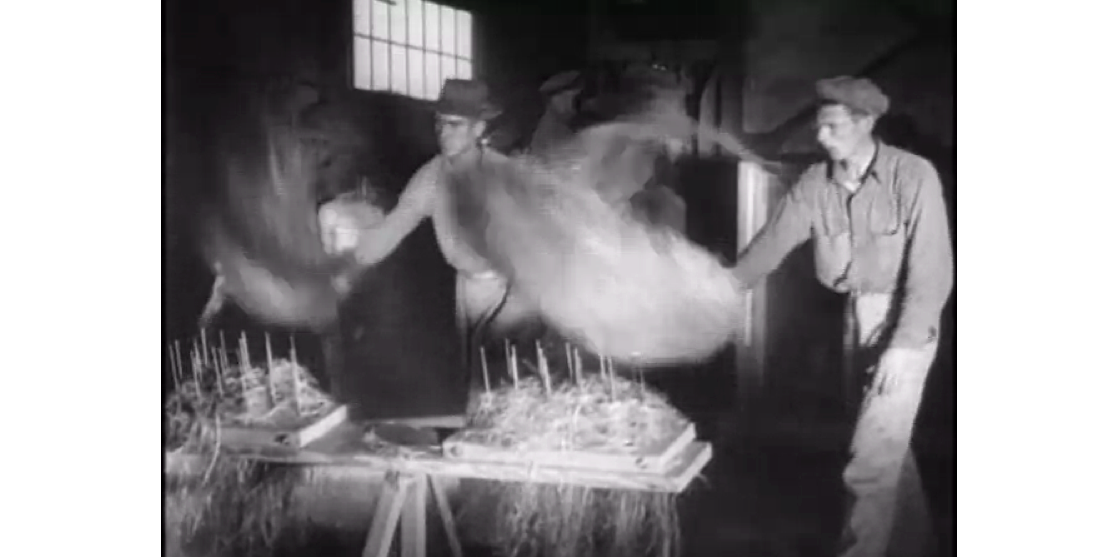
Famers with special permits were tasked with supplying the nation with hemp. Shortly after the war, the DEA initiated a series of anti-hemp programs, and the plant was once again criminalized.
1963: CBD’s Structure Is Fully Established
CBD was initially discovered in 1940, but the scientists at the time deemed it pharmacologically inactive. In 1963, Raphael Mechoulam fully detailed CBD’s molecular structure—one year before he famously decoded the structure of THC. It would be roughly 40 years before interest in CBD would lead to the breeding of high-CBD cannabis varieties.
1970: The Controlled Substances Act Classifies Cannabis as a Schedule I Drug
The Controlled Substances Act listed cannabis as a Schedule I drug: a substance with high abuse potential, no medical use and severe safety concerns. Like the Marihuana Tax Act of 1937, it made no distinction between hemp and marijuana. This categorization of cannabis has had far-reaching effects, hampering scientific research and people’s access to the plant—effects that are still felt today.
1970: Ernest Small Defines Hemp as Having Less Than 0.3% THC
In the 1970s, Canadian scientist Ernest Small published an obscure taxonomic report in which he drew the line between hemp and marijuana. Ernest decided that the distinguishing factor between the two was that hemp contained less than 0.3% THC.
This arbitrary figure would go on to be adopted into law and have a major impact on how hemp products are made today.
1988: Scientists Discover the Endocannabinoid System
Scientists Allyn Howlett and William Devane located the CB1 receptor in the rat brain, hinting at the existence of the endocannabinoid system. In the early 1990s, other key components of this system were identified.
2011: The Stanley Brothers Develop Charlotte’s Web
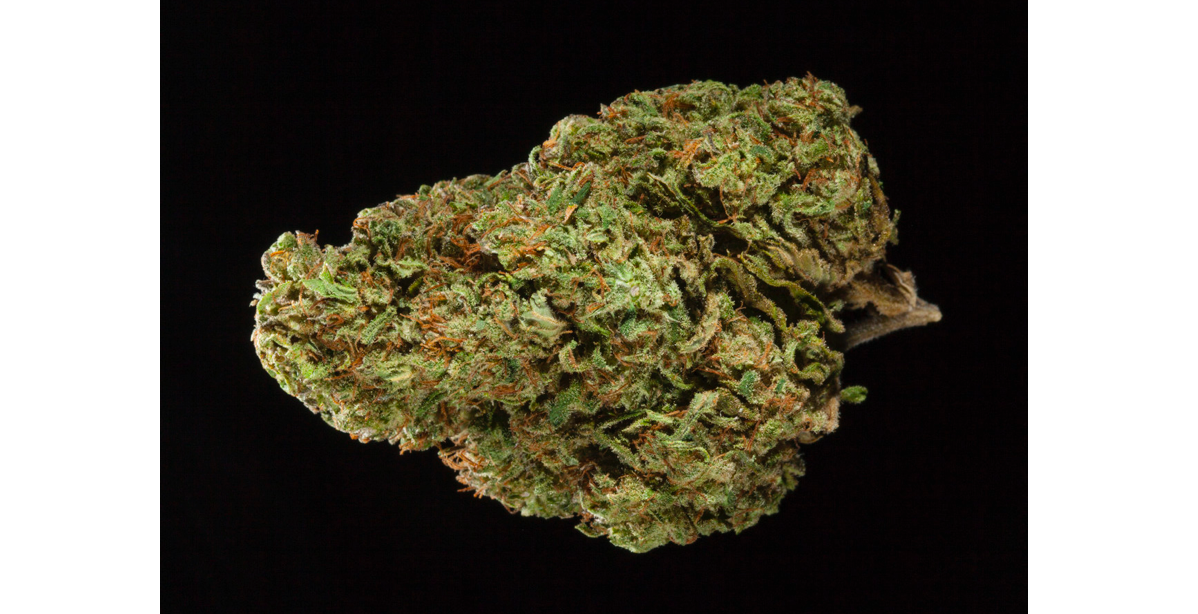
Possibly one of the most well-known high-CBD strains in existence, Charlotte’s Web was created by crossing a marijuana strain with an industrial hemp plant. The outcome was originally called Hippie’s Disappointment, due to its low-THC content. It would later be renamed Charlotte’s Web, after medical marijuana patient Charlotte Figi.
2013: CNN’s “Weed” Popularizes CBD
Sanjay Gupta’s three-part documentary series “Weed” popularized medical marijuana and CBD for many Americans. The first documentary featured Charlotte Figi, a six-year-old with a severe form of epilepsy who found relief after taking CBD.
After the airing of the documentary, interest in hemp- and marijuana-derived CBD products skyrocketed—a trend that still continues today.
RELATED: HOW HEMP CBD OIL CAN HELP KIDS WITH SEIZURES
2014: Farm Bill Signed Into Law by President Barack Obama

Section 7606 of the Farm Bill of 2014 was titled “Legitimacy of Hemp Research,” and made a distinction between industrial hemp and psychoactive marijuana. This law allowed states who’d legalized hemp to conduct research on the plant and allow pilot programs. Under this law, C. sativa varieties containing more than 0.3% THC weren’t allowed.
2017: World Health Organizations Supports CBD Use
A World Health Organization (WHO) report found that CBD isn’t associated with abuse potential and on the contrary, has several medical applications. The WHO also noted that research confirms some of the molecule’s positive benefits.
2018: The Hemp Farming Act of 2018
On April 12, 2018, Senator Mitch McConnell of Kentucky introduced a bill that would allow states and tribes to oversee hemp production. The bill would remove hemp from its Schedule 1 status and charge the U.S. Department of Agriculture with regulating the plant.
While the bill still defines hemp as C. sativa that’s less than 0.3% THC, it notably includes extracts in its definition and explicitly addresses the cannabinoids found in hemp (read: CBD)—all this adds more certainty to a currently grey legal climate. The bill is being fast-tracked through the Senate and is expected to pass.
Photo credits: Lucy Downey (main image); Marco Verch (hemp fiber); Caleb See (paper making in the Himalayas); Ray Bouknight (Jamestown); John W. Schulze (cotton gin); Wikimedia (Hemp for Victory); The U.S. Army (Barack Obama)



